Vibe Coding 101: The No-Code Stack for Modern Founders
Founder OS: How AI-powered no-code tools are reshaping how modern founders build and launch software in 2025.
From Code to Conversation: A New Development Philosophy
A founder opens Claude and types: “Build me a waitlist app with email capture and a dashboard to view signups.”
Ten minutes later, it’s live on Vercel. No engineers hired. No tickets opened. Just vibes.
That’s what we now call vibe coding.
The term was coined by Andrej Karpathy earlier this year, and it describes a new way of building software. One where the developer’s role switches from writing syntax to prompting intentions.
It’s not programming in the traditional sense. It’s a back-and-forth conversation with an AI tool that already knows how to code.
You simply describe what you want and the AI generates the code. You test it. Then refine. The loop is fast, forgiving, and completely redefining how technical work gets done.
What makes vibe coding different from older no-code tools is that you’re not locked into rigid interfaces or workflows. You’re working with real code, but you're not writing it line by line. Instead, you're collaborating with tools like Cursor, Claude, and GPT-4o to generate, revise, and extend software through natural language.
The experience feels more like pair-programming with a genius intern than clicking around a drag-and-drop builder.
And suddenly, the fundamental ideas of starting a business have changed completely. You no longer need to be an engineer to build products. Domain experts, solo founders, even non-technical operators are spinning up full-stack products simply by describing what they want.
That barrier between idea and execution is evaporating.
The tools finally caught up. And the mindset “I don’t code, I converse” is spreading fast.
Table of Contents
1. The Modern No-Code (Vibe‑Code) Stack
2. What It Means to Be “Technical” Has Changed
3. New Workflows, New Mindsets
4. Where Vibe Coding Shines and Where It Doesn’t
5. New Roles Are Emerging
6. Vibe Coding Is a Gateway to Real Code
7. Build With Vision, Not Just Tools
1. The Modern No-Code (Vibe‑Code) Stack
If vibe coding is a conversation, the tools are your interpreters.
Today’s founders use a modular stack of AI-native, no-code, and low-code platforms to build surprisingly complete products, fast. These tools aren’t new individually. What’s changed is how seamlessly they interact when driven by AI.
Here’s a practical stack most founders use in 2025, along with how each fits into the vibe workflow:
How They All Work Together
Here’s a practical walkthrough:
Design in Figma or Builder.io, often guided by AI suggestions.
Backend schema defined via Supabase or Firebase.
Connector tools like Zapier handle logic flows.
AI prompts guide the stack to wire everything together, front to back.
Push to production via Vercel/Replit, often configured automatically by AI.
Because the tools are standard and well-known to the models, they weave integrations fluently. You don’t need to memorize APIs or search docs. You just have to describe the outcome, and the AI fills in the gaps.
A CNBC reporter took a two-day “vibe coding” bootcamp and by the end had built a functional product without any programming background. She credits accessible tools like Cursor and Google’s Gemini, as well as prompt-driven workflows for making it all possible. That’s the kind of velocity this stack enables.
You start with an idea and prompts, and rapidly ship a working solution.
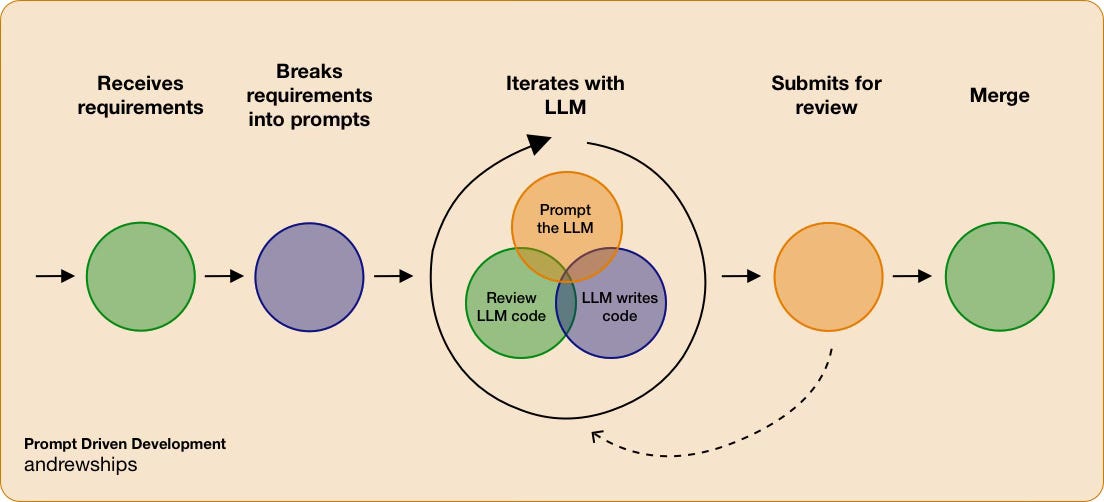
The CEO of Y Combinator, Garry Tan, recently shared that elite startups with “fully vibe‑coding” teams can achieve in a single day what 50–100 engineers used to require. He noted that about 25% of YC’s Winter 2025 batch had over 95% of their code written by AI models, dramatically lowering the need for large engineering teams as they move toward product‑market fit.
Google CEO Sundar Pichai has personally embraced vibe coding using tools like Cursor and Replit. He described the experience as “delightful” and highlighted how non-traditional coders like designers, PMs, and even product leaders are now shipping real apps simply by conversing with AI.
2. What It Means to Be “Technical” Has Changed
Not long ago, being a “technical founder” meant you could write the code yourself. Your CV was important. It needed to include a Computer Science degree, a GitHub portfolio, full-stack chops, credible work experience.
But not anymore.
In the post-vibe era, the definition of technical is evolving quickly. Today, what makes a founder “technical” in the eyes of investors isn’t code literacy, it’s systems thinking, AI fluency, and strategic clarity.
Can you break down a product idea into components?
Can you guide an AI to build it through clear, structured prompts?
Can you identify what should be built, when, and why?
If the answer’s yes, you’re technical enough to ship.
Founders are proving this daily. Using tools like Cursor and GPT-4o, solo operators are launching products in days; no dev hiring, no sprints, no product requirement documents.
They’re building by conversing, iterating, and assembling. The AI handles the scaffolding. The founder owns the vision.
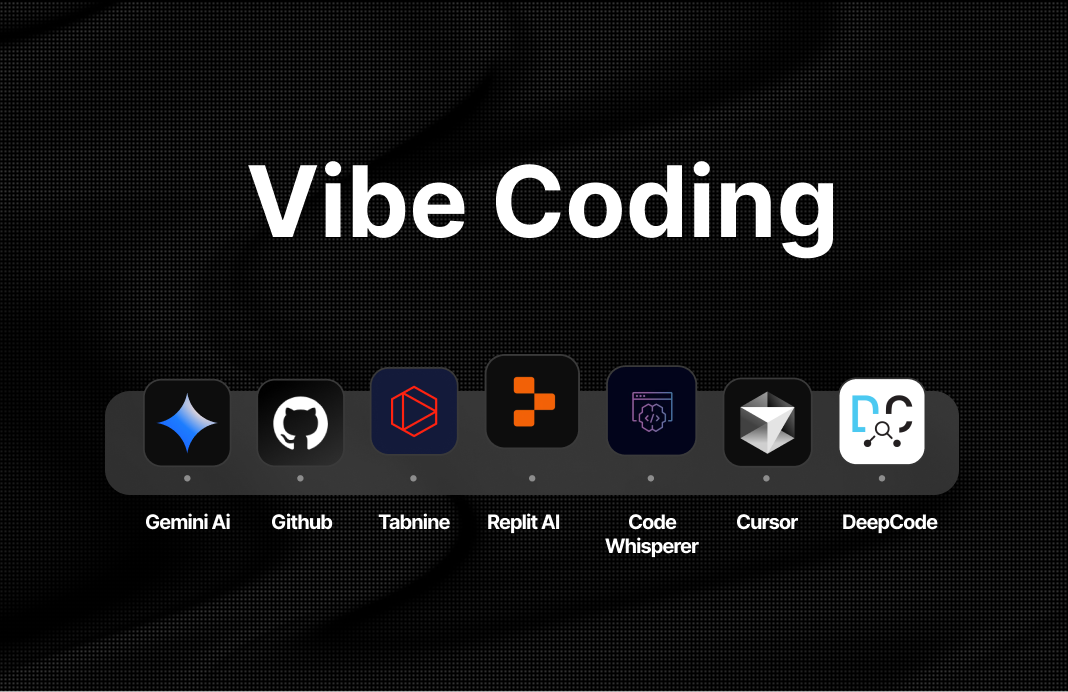
And investors are noticing too.
According to reports, venture firms like Oxx and Touring Capital now openly back founders with deep domain knowledge and the ability to ship using modern tools, even if they don’t write raw code. What matters is product sense, speed of execution, and clarity of architecture.
This changes everything.
A decade ago, getting to MVP meant a team and a burn rate. Today, a single founder with AI fluency can reach early traction on a shoestring. Less engineering overhead means less capital needed, which means smaller rounds, faster iteration, and more control.
Being “technical” isn’t about fingers on keys. It’s about mind on product. And the founders who understand that are moving faster than ever.
3. New Workflows, New Mindsets
Vibe coding doesn’t just change who can build. It also changes how we build.
The traditional product workflow used to look something like this:
Write a spec → assign tickets → code → review → deploy.
Weeks pass before users see anything. Course corrections are slow and expensive.
Now it’s more like:
Start with a prompt → get a working draft → refine → deploy.
You describe what you want. The AI builds it. You test it, iterate, and push it live, all in the same session.
This new loop is fast, flexible, and feedback-driven.
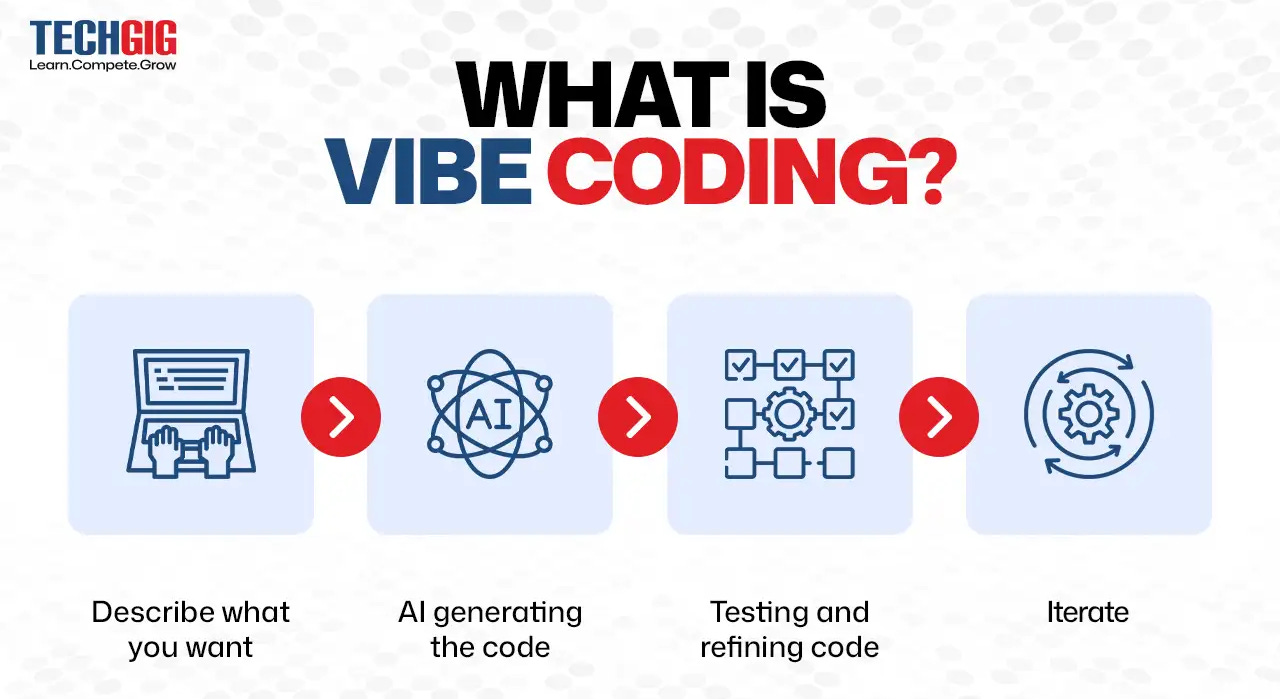
Want to test two onboarding flows? Just prompt both, spin them up, and ship an A/B test in hours.
Not sure what layout works best? Ask Claude to try three. Deploy, get real user signals, and move forward with data instead of opinion.
What this unlocks is a different kind of product thinking. Less specification, more improvisation. Less rigid planning, more exploratory building.
You’re not locked into the blueprint, you’re sketching in real time, with a collaborator who never sleeps.
It also shrinks the gap between idea and user feedback. The faster you ship, the sooner you learn. And the sooner you learn, the better the product becomes.
Founders used to iterate in quarters. Now they iterate within weekends.
4. Where Vibe Coding Shines and Where It Doesn’t
Vibe coding is a powerful unlock. However, it’s not a silver bullet.
Yes, AI can generate real code. Yes, you can ship fast. But knowing where to use vibe coding is just as important as knowing how.
Where Vibe Coding Shines
Fast MVPs: If you need to validate a product idea in a weekend, vibe coding gets you there. You can spin up a prototype, wire up a backend, and even deploy, all from prompts.
Internal Tools: Vibe coding is perfect for dashboards, admin panels, reporting utilities. The AI knows the patterns and can ship functional tools without fuss.
Solo Projects & Experiments: Want to build a tool for your team or test a wild idea? You don’t need buy-in or a team, just an LLM and curiosity.
Creative Interfaces: Custom UIs, onboarding flows, and playful experiments are easier to generate, tweak, and test with AI.
Non-technical Founders: For founders without an engineering background, vibe coding levels the playing field. You can go from idea to artifact, without writing a single line yourself.
In these scenarios, speed and exploration matter more than long-term scalability. And that’s where vibe coding thrives.
Where Vibe Coding Falls Short
Secure Systems: Apps handling sensitive data such as finance, health, and payments need rigorous attention to auth, encryption, and compliance. AI still struggles to consistently apply these best practices.
Complex Architectures: Large systems with multiple integrations, microservices, and deep logic trees require intentional structure. AI often generates working code, but not scalable design.
Unknown Edge Cases: AI-generated code tends to work “on the happy path.” It’s great at the core flow, but misses edge conditions unless explicitly prompted.
Production-Ready Quality: You’ll get something that runs, but performance tuning, observability, and test coverage usually need human hands.
Long-Term Maintainability: If you're building a product that will evolve over years, you don’t want to rely on opaque, auto-generated code. It becomes hard to reason about, hard to debug, and harder to onboard new developers.
In other words, vibe coding is your 0→1 accelerator. It gets the idea off the ground. It helps you test, learn, and prove there's something there.
But 1→10, the scaling, hardening, and refining, that’s still where experienced developers shine.
Use the vibes to launch. Then bring in the rigor to scale.
5. New Roles Are Emerging
Something interesting happens when humans stop typing semicolons.
Vibe coding isn’t replacing developers. It’s changing who gets to build, and how teams distribute creative work. Roles that didn’t exist two years ago are now critical to early-stage momentum.
Here’s what’s showing up on startup org charts in 2025:
AI Product Engineer
A hybrid thinker who can go from product spec to working prototype, by prompting, refining, and iterating with AI tools. Think of them as the new full-stack generalist, fluent in both UX and GPT.
Prompt Architect / Context Engineer
Responsible for structuring prompts, managing memory/context for AI tools, and tuning how the AI interprets instructions across features. Especially valuable when models like Claude or Cursor are plugged into complex codebases.
AI Wrangler
The person who knows how to “speak AI” across tools. They debug model output, guide prompt chains, and maintain harmony between the LLM, the codebase, and the dev team. Equal parts technical and tactical.
Domain Expert Turned Builder
No longer just advisors. With vibe coding, subject-matter experts in finance, logistics, healthcare, or even ops, can directly build the first version of the product they once only specced. Their deep context becomes executable.
What all these roles have in common is this: they collapse the distance between idea and implementation.
You no longer need a handoff from project manager to engineer to get a feature built. A designer, a marketer, even a founder-CEO can push working code with the right AI collaborator.
For startups, asymmetry is the straightforward outcome. Small teams can now build what used to take a 10-person squad. You don’t need more headcount, you need sharper prompts and better context.
It’s less about automation, and more about augmentation. And the teams that adapt fastest are the ones building faster, smarter, and leaner than ever before.
6. Vibe Coding Is a Gateway to Real Code
Vibe coding may feel lightweight, but the output is anything but.
Let’s not get things mixed up. This isn’t a sandbox. AI-generated code is real code. It compiles. It runs. It integrates with APIs, talks to databases, and ships features in production environments.
This is not about dragging blocks on a canvas, but about generating React components, SQL queries, and full-stack flows that any engineer could pick up and extend.
And that’s the point.
Unlike older no-code platforms, vibe coding doesn’t wall you off from real engineering. It’s the opposite: a ramp into it.
Everything AI generates is reviewable. You can read it, tweak it, or hand it off to a human dev for polish. You’re not locked in. And because you’re working with standard tools like Supabase, Next.js, Tailwind, Django, your prototype doesn’t need to be rebuilt from scratch once you scale.
You can clean it up. You can refactor. You can keep building.
For founders, that means you can start shipping without waiting to “get technical enough.” Feedback becomes your unfair advantage.
You learn by doing. You build intuition by testing things, asking questions, and watching the AI scaffold your ideas in real time. Over time, you don’t just ship faster, you understand more deeply.
Think of vibe coding as a bridge instead of a shortcut. It’s how non-coders become fluent. How product thinkers become technical. How MVPs become production code.
Not a toy. Not a trap. Just a better on-ramp to real software.
7. Build With Vision, Not Just Tools
The stack is ready. AI is powerful. The barrier to execution is gone.
But that doesn’t mean everyone with a prompt becomes a founder.
In 2025, the difference between noise and signal isn’t about access; it’s about intent.
AI can help you build almost anything. The real question is: what’s worth building? For whom? And why now?
Yes, the market will be flooded by scrappy products and half-finished ideas.
But tomorrow’s best founders aren’t simply shipping features. They’re solving real problems. They’re obsessed with user friction, market timing, emotional need. They don’t just deploy faster. They focus on listening better, thinking deeper, and iterating with purpose.
Vibe coding gives you leverage. It won’t give you clarity. You still need taste. You still need a thesis. You still need to know when to say no.
So by all means, build fast. Experiment wildly. Ship quickly. But remember: the most important tool in the stack will always be your vision.
Because in a world where anyone can build, the ones who should will matter more than ever.
Read more from Founders Corner:
How to Build Systems That Run Your Business Without You



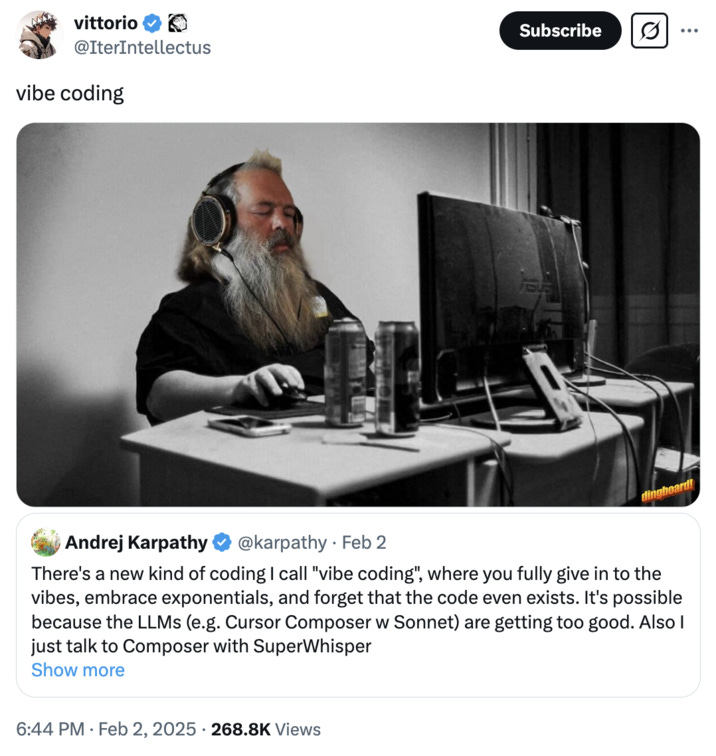
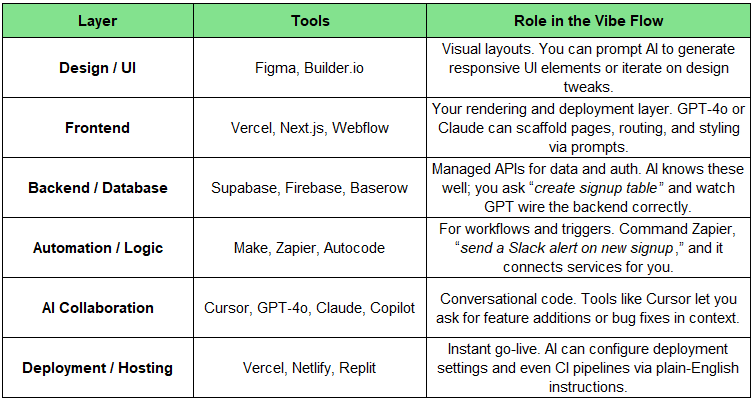

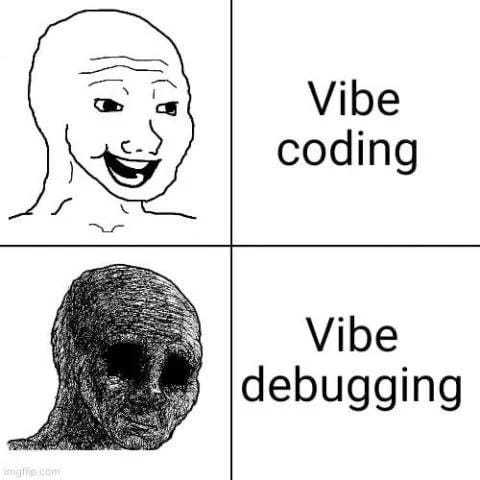

Nice article, I'd consider myself a product manager/domain expert turned vibe coder, its pretty insane and extremely empowering the things I'm able to achieve without a traditional dev now.
Don't forget Lovable as a tool, amazing how fast these vibe coding products are shipping!
Another great post Chris & Ruben!. The biggest unlock for me is autonomy. For example domain experts no longer need to ‘convince’ engineers to build their ideas. They can test, learn, and iterate directly. That changes the entire pace of innovation.